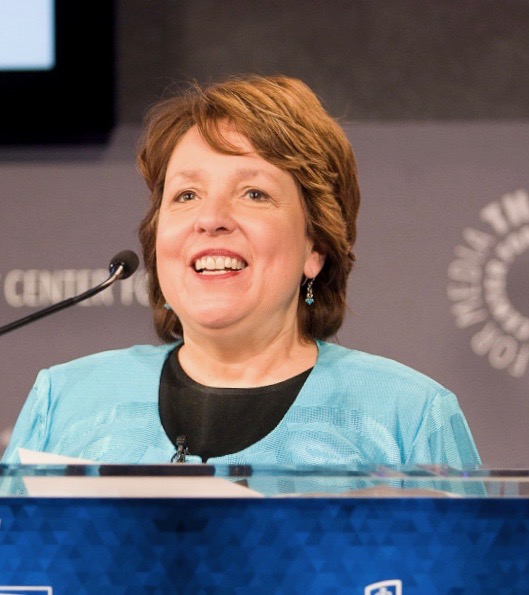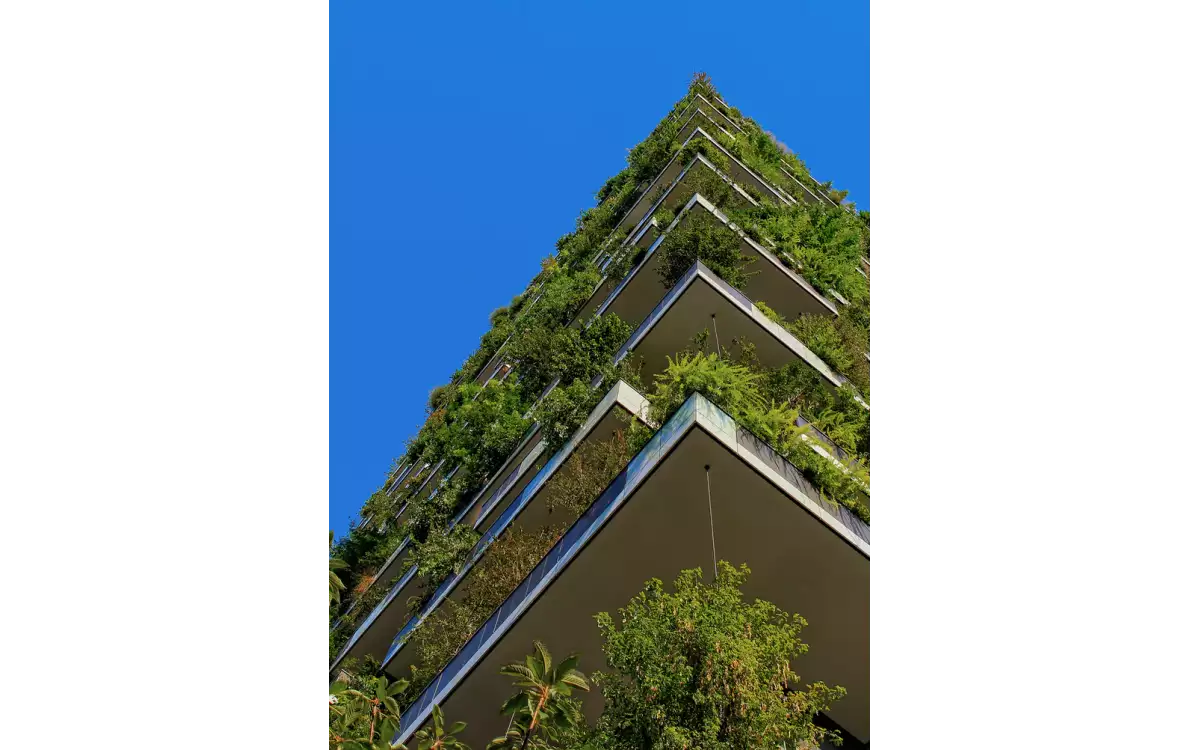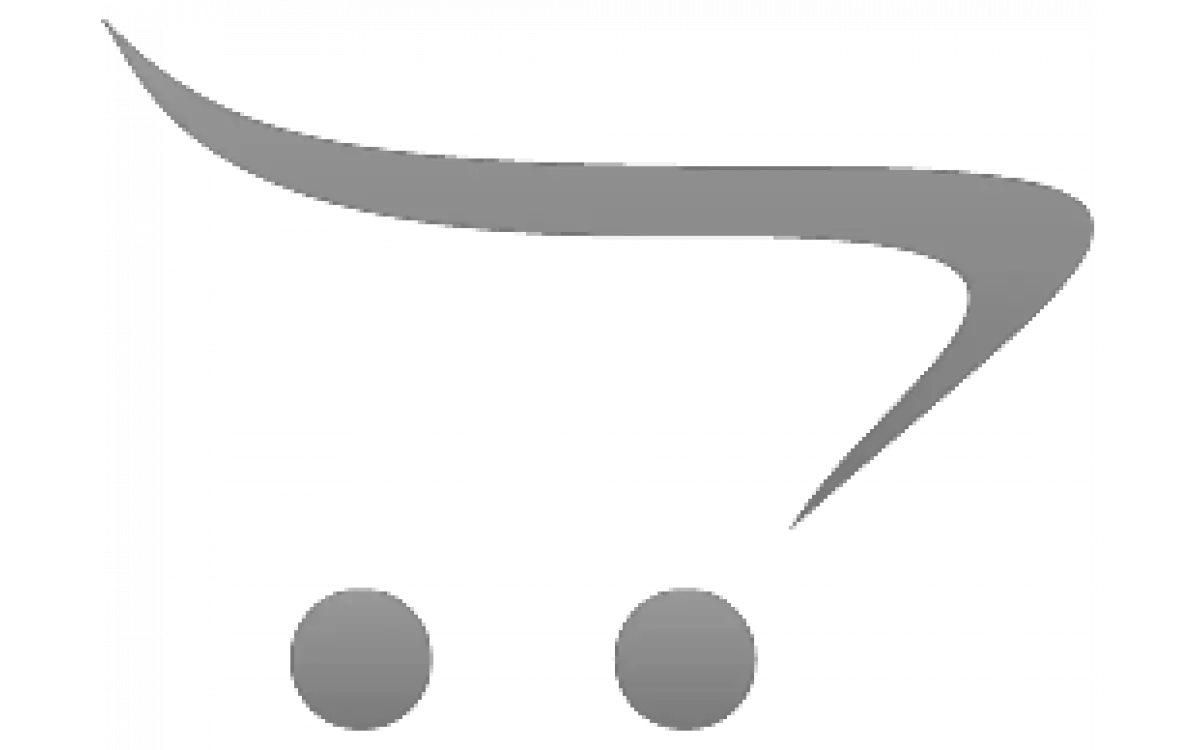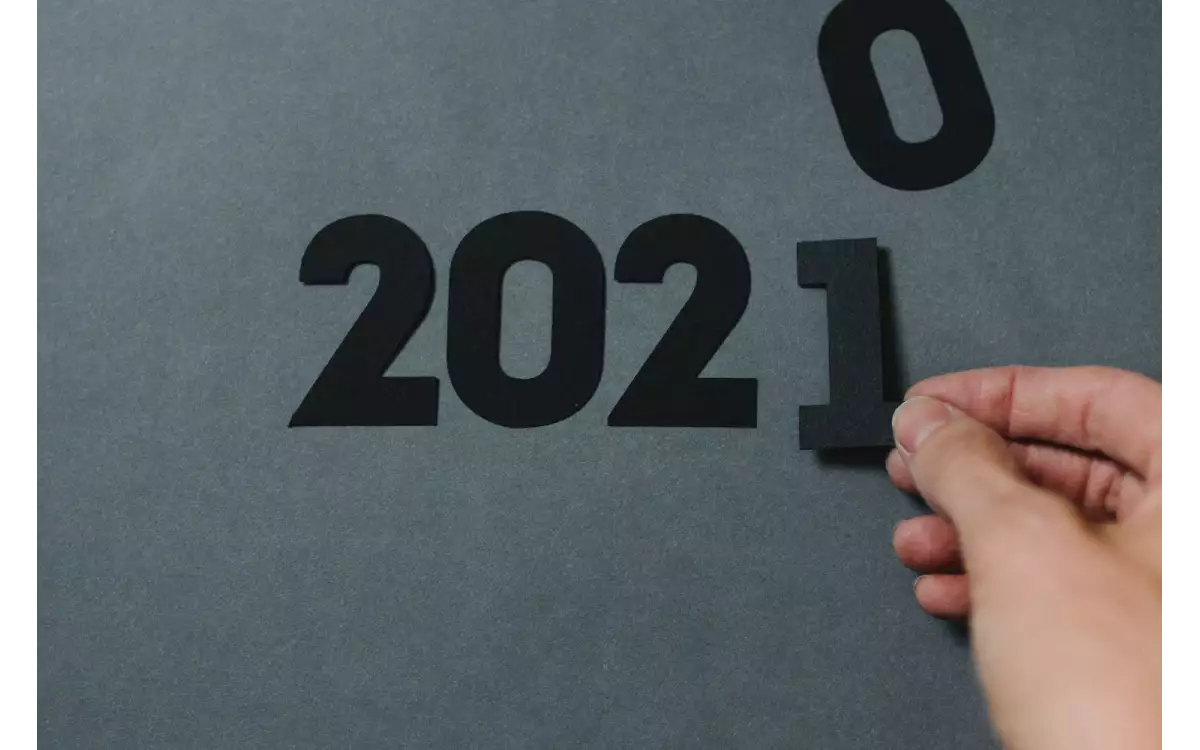
Diane Gayeski, Ph.D. is recognized as a futurist, executive consultant, and educational leader in corporate communications and learning. She maintains her full-time position as Professor of Strategic Communication at Ithaca College's Roy H Park School of Communications (where she also served as Dean for 11 years) along with leading consulting and professional development engagements through Gayeski Analytics. Diane assists organizations in creating high performance, engaging workplaces by helping leaders to assess and adopt new technologies and practices for communication and learning. The author of 14 books and scores of articles, she is a frequent workshop and conference presenter and was named a Fellow by the International Association of Business Communicators. Her focus areas are developing and assessing intangible assets of brand, reputation, culture and corporate knowledge, adapting to the hybrid workplace, online learning and collaboration, and embracing Gen-Z as employees and
BHC: What do you do for a living?
Diane : I am both a Professor of strategic communication and a consultant who helps organizations embrace new technologies and models for workplace communication and learning.
BHC: How would you describe what you do?
Diane : I bring rigorous academic research and theory to my clients who are challenged with decision-making around new models for workplace communication and learning - and I bring to the classsroom real-world experience and case studies working with clients from around the globe. I am an active researcher and writer-- including 14 books, scores of articles, white papers, and blogs and I also share my perspectives through conference presentations and private executive briefings.
BHC: What is most challenging about what you do?
Diane : Trends in technology and management are changing constantly, and I need to be on top of them - to understand what' a fad and what's an important new concept or tool - and then I need to be able to succinctly share my perspectives with both college students and experienced practitioners.
BHC: What is most rewarding?
Diane : I love to help people get some new insight into a challenge they are facing. Often in my consulting engagements I am able to not merely answer a need -- but rather I'm able to re-frame a problem so that we can dismantle the current challenges and barriers.
BHC: With the explosion in work from home, do you foresee any changes to the future of office design?
Diane : Yes. The office will be the place for collaboration, for instantiating the corporate history and culture, and for access to physical tools that are not available in one's home or "on the road" office set-up. I predict that there will be high-tech collaboration rooms that support input from individuals who are present in the space as well as who are teleconferencing in; these rooms will be comfortable, will enable easy capture of thoughts, ideas, and words, and might be able to be "signed out" for a period of time by a project team so that they can leave objects and posted notations. I also foresee that there will be rooms like cafes and kitchens, and private office / rest spaces for employees who may be traveling in from long distances or who need rest and privacy to deal with medical conditions or - for instance - nursing mothers. Other spaces might be more like ad agencies or TV studios with rich media and production set-ups that can be easily used by ordinary employees with the help of specialists who can help with things like graphic design, shooting and editing, or creation of social media or product prototypes. Along with this, more homes will be designed for work-from home with specially designed private offices that allow for security and privacy and a professional-looking background.
BHC: Have there been any concepts or design insights gained from the coworking movement that can be applied to other office design projects?
Diane : The idea of creating more comfortable spaces where people can move around is an important one. Most traditional office set-ups are not healthy or comfortable - they pin people down into tight areas where they sit and stare at monitors for long periods of time. Having spaces where employees can walk around and engage in different tasks will be a trend -- for instance having space that look more like living rooms will can be used for conversations -- or a setup like a cafe' can support employees' well-being by offering the possibility to cook or cater in healthy food and snacks. The coworking movement has also shown us that most people like the stimulation of something going on in the background while they work - as well as the ability to meet new people and chat to get new ideas and insights. For many people, work is where they meet mentors, friends, and even lifetime partners so especially for young people who are certainly adept with technology they very much want the social aspect of at least some part-time coworking environment.
BHC: When you think about the phrase, The Workplace of the Future, what ideas immediately come to mind?
Diane : What comes to mind is my own home/office setup. In 1980 I read Toffler's book "The Electronic Cottage" and was also exploring the emerging field of interactive media and personal computers which formed the foundation of my consulting work and teaching focus. As my consulting practice grew, I needed spaces for my contracted project associates as well as clients to come for workshops, meetings, media production, and demos on new technologies. So I found a property that was built on the foundation of two stone barns connected by a large kitchen. - with five acres of patios, lawn, woods, a stream and a pond. One wing is my residence and one wing is a two-story office suite with private entrances and a rest room. Through this setup, I've been able to integrate my personal and professional life. I also think of some of the newer corporate facilities that exude the company's culture and that are inspiring and energizing places. Employees learn about the history, culture, and goals of their company by absorbing what they see -- posters, pictures of former leaders, awards, products, ads. They observe others at work and get insights into areas other than their own silo. And by serendipitous encounters, they often learn new things or come up with new ideas or solutions. The office is also a place for customers and suppliers to visit - and for them as well, the environment IS the brand and image. The entire idea of work is going to be re-imagined and expanded. Currently, work is considered to be something like 50 hours a week in an office. But this is a definition that's only about a century old. For most of humanity, people integrated their personal and professional lives and spaces and the work that they did outside family responsibilities would ebb and flow over time as their life stages changed. We are already seeing many companies that have large portions of their work performed by outsourced companies or individual contractors who may also be working for other clients.
BHC: What are you and your business doing differently in response to the COVID-19 pandemic?
Diane : At Ithaca College, we had to pivot to online only teaching in a matter of two weeks in March 2020 and continued in that modality in the fall 2020 semester. In Spring 2021 some classes were held on campus while others were online - and a of fall 2021, we are fully back on campus with no online classes. However, we still hold more meetings via Zoom to reduce contact and density. Actually for my consulting, it operated much the way it did for the past 35 years-- most of my work with clients has always been "remote" and a lot of it asynchronous, and I have always worked with a teams of associates who are hand-picked for each project and who live around the world. What has changed in terms of my research is that I'm heavily engaged in developing best practices and actionable advice to corporate leaders with regard to the hybrid workplace, with using that platform to enhance their diversity and inclusion efforts (including accommodating individuals with disabilities or who are neurodiverse), with models of leadership and supervision for remote workers, and with ways to attract and engage top talent in this era of the "great resignation". All of my experiences over my 40+ year career of working from a home-based office, collaborating with colleagues using digital technologies, teaching online, and managing contingent work teams are now coming together in ways I never could have imagined - and I find myself in a position of being able to share both research and lived experiences to help my clients embrace the possibilities of these changes.




